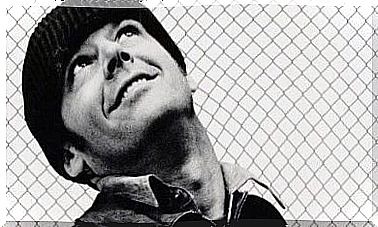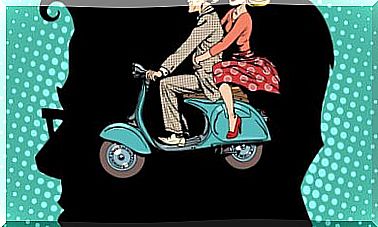What Is The Frustration-Aggression Theory?

The theories which attempt to explain aggression are manifold and, at least in appearance, logical. On this occasion, we invite you to discover the theory of frustration-aggression, one of the most popular of its time and fundamental for other more current theories.
This theory offers a perhaps too simple explanation for the question of aggression. However, its author was able to create a statement applicable to almost any situation of violence. If you want to know more, then read on.
What is the frustration-aggression theory?
This theory was formulated by John Dollard and Neal Miller, two psychologists from the school of behaviorism who wished to theorize about the causes of aggression. In 1939, they articulated the theory of frustration-aggression.
In this theory, this behavioral tendency again reduces to stimulus-response one of the fundamental processes of behavior in society: violence. However, Dollard’s psychoanalytic background prompted them to seek out a theory that would bring together the strengths of both theories.
The postulate of the theory of frustration-aggression
The main assumption is that aggression is always a consequence of frustration and that it also works the other way around: aggression almost always leads to frustration. From these simple premises, Dollard and colleagues sought to make predictions about when and against whom aggression is directed.
But, how do frustration and aggression work? Here is the definition of these two processes by the previously cited authors.
Frustration
In this theory, frustration is understood as interference in the sequence of behavior. In other words, a person becomes frustrated if he fails to achieve his desires. This can happen for the following reasons.
For example, if a child receives a packet of candy while watching a movie, and suddenly they are taken out of the room and taken back from him, he will not be able to complete either action. It is therefore very likely that he will feel frustrated. This is easy to understand.
The theory also postulates that the greater the frustration, the more intense the aggression that results from it. decreases depending on the position it accessed or attempted to access.
On the other hand, the authors emphasize that aggression does not release frustration, but accumulates it. Therefore, there comes a time when a tiny frustration leads to intense aggression as a result of this build-up.

Aggression
In the context of frustration-aggression theory, aggression is behavior whose objective is to harm the person concerned. It can be verbal or physical, direct or indirect.
However, the assault does not always reach the person who generated it directly. In this case, we speak of displaced aggression which consists of violence against another target sharing a certain similarity with the original target.
On the other hand, if direct violence is hindered or prevented, the person will resort to indirect violence. Here’s an example of indirect violence: spreading rumors about someone.
Later, a study found that people with high, but unstable self-esteem, quickly become hostile to frustration because they are constantly on guard. In this context, this theory describes two ways to reduce aggression:
- Remove frustration: if the trigger is no longer present, logically the consequence also disappears.
- Catharsis: According to this method, the transformation of frustration into action reduces the activation of the individual and prevents future attacks.
Expansions of the Frustration-Aggression Theory
Following this theory, many more have appeared trying to develop his weaknesses. Ted Gurr, for example, applied this theory to how social uprisings arise when the aspirations and hopes of individuals are frustrated.
On the other hand, Engebretson postulated in 1989 that those who can express their anger in the way they prefer will activate that anger less afterwards than those who suppress it. Does this mean to allow aggression as a form of catharsis ? The most obvious answer is no, but the debate remains open to this day.










